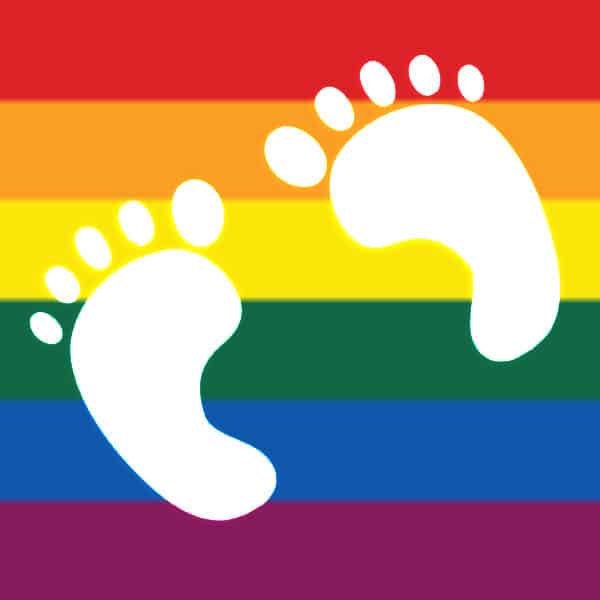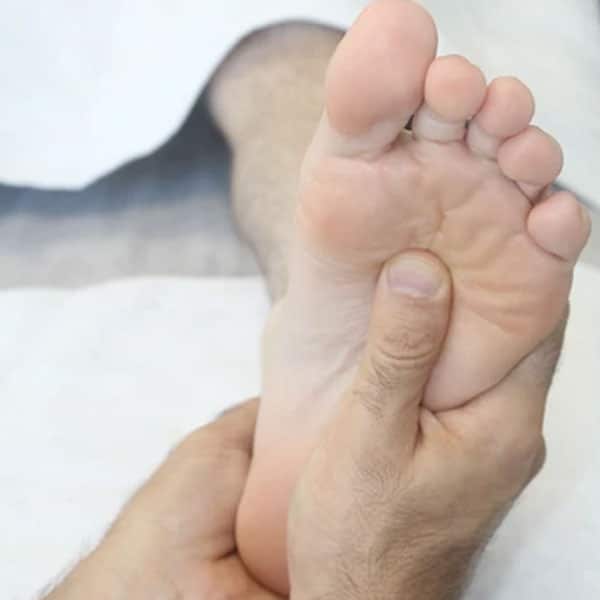Plantar fasciitis, a condition characterised by inflammation in the lower part of the heel, is a
common ailment that affects many individuals, particularly those between the ages of 40 and 60.
This inflammation occurs in the plantar fascia, a vital band of fibres that runs along the bottom of
the foot, connecting the heel to the toes and supporting the foot’s arch.
The root causes of plantar fasciitis vary but often stem from excessive stress on the plantar fascia.
Activities such as prolonged standing, walking, running, or jumping, especially on hard surfaces, can
lead to damage and inflammation of the tissues.
Other contributing factors may include sudden weight gain, wearing old or unsupportive footwear,
and foot abnormalities such as flat feet or high arches.
The hallmark symptom of plantar fasciitis is intense pain in the heel area, particularly after periods of
rest such as waking up in the morning.
This pain can be debilitating, affecting daily activities and mobility.
Traditional treatments for plantar fasciitis offered by Western medicine include anti-inflammatory
medications, injections, shockwave therapy, and in severe cases, surgery.
These interventions aim to alleviate pain and reduce inflammation, often providing relief to
sufferers.
However, an alternative approach to managing plantar fasciitis involves reflexology, a practice
rooted in the belief that pressure applied to specific points on the feet can positively impact various
parts of the body.
Reflexology focuses on increasing blood flow to the affected area, promoting the body’s natural
healing process, and reducing inflammation.
In the past, reflexology treatments for plantar fasciitis involved applying deep pressure to the painful
area in an attempt to “crush” calcium deposits that may have formed in the area.
However, modern understanding emphasises gentle techniques aimed at soothing the inflamed
tissues and reducing pain.
In conjunction with reflexology sessions, individuals with plantar fasciitis can take several steps to
expedite the healing process and alleviate symptoms.
These include applying ice to the inflamed area, reducing strenuous physical activity, wearing
supportive footwear, and performing specific stretching exercises recommended by reflexologists.
In summary, plantar fasciitis is a prevalent condition that can cause significant discomfort and hinder
daily activities.
While Western medicine offers conventional treatments, reflexology presents a complementary
approach that focuses on holistic healing and symptom management.
By incorporating reflexology techniques and making simple lifestyle adjustments, individuals can
often find relief from plantar fasciitis without the need for invasive medical interventions.



